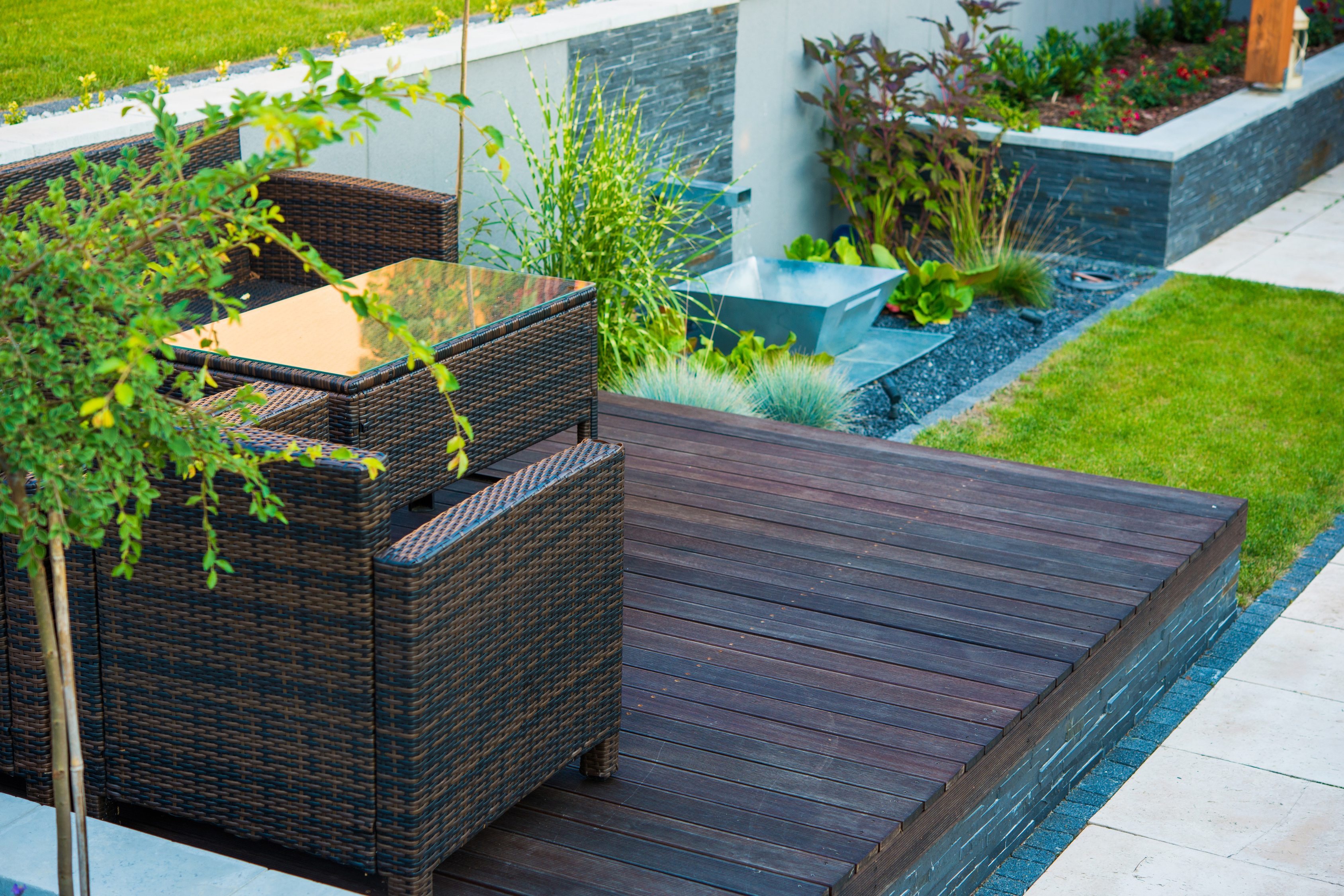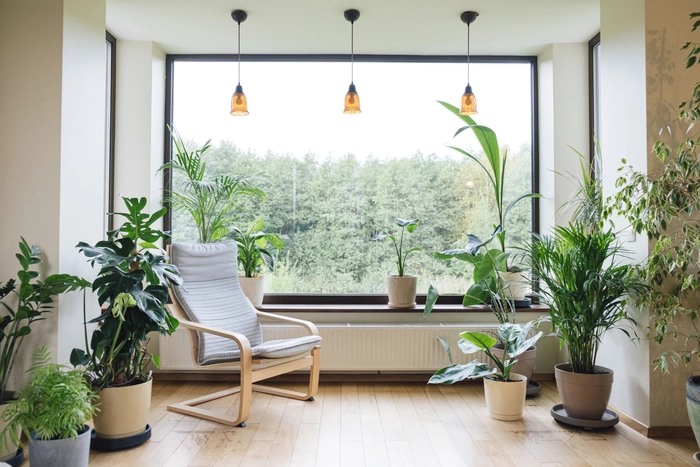Introduction:
In the fast-paced world of modern living, minimalist landscapes offer a serene retreat from the chaos of everyday life. Rooted in the principle of "less is more," minimalist garden design embraces simplicity, clean lines, and open spaces to create tranquil outdoor environments that inspire calm and contemplation. By stripping away the excess and focusing on essential elements, minimalist landscapes celebrate the beauty of simplicity and allow nature to take center stage. In this guide, we'll explore the principles of minimalist garden design, offer tips for creating elegant and understated landscapes, and inspire you to embrace the art of less in your own outdoor space.
Principles of Minimalist Garden Design:
-
Simplicity and Clarity: Minimalist garden design emphasizes simplicity and clarity, with clean lines, uncluttered spaces, and a sense of openness that creates a feeling of calm and tranquility. Focus on creating a harmonious and balanced composition with a limited palette of materials, colours, and textures to achieve a sense of visual clarity and simplicity in your garden design.
-
Functional Design: Prioritize functionality and usability in your minimalist garden design, with spaces that are designed for relaxation, meditation, and outdoor living. Create defined areas for seating, dining, and entertaining, and consider how each space will be used and experienced by occupants to ensure optimal comfort and enjoyment.
-
Natural Materials: Use natural materials such as wood, stone, and gravel in your minimalist garden design to create a sense of warmth, texture, and authenticity. Choose materials with clean lines and simple forms that complement the overall aesthetic of the garden and create a cohesive and unified look throughout the space.
-
Negative Space: Embrace negative space in your minimalist garden design to create balance, contrast, and visual interest. Leave areas of open space between plants, features, and architectural elements to allow the eye to rest and create a sense of flow and movement within the garden.
Tips for Creating Elegant Minimalist Landscapes:
-
Edit and Simplify: Start by editing and simplifying your garden design, removing unnecessary elements and focusing on the essential components that contribute to the overall aesthetic and function of the space. Choose a limited selection of plants, materials, and features that complement each other and create a cohesive and unified composition.
-
Embrace Geometry: Embrace geometric shapes and forms in your minimalist garden design, with clean lines, crisp angles, and geometric patterns that define the layout and structure of the space. Use geometric planters, paving patterns, and architectural elements such as walls, fences, and pergolas to create visual interest and rhythm within the garden.
-
Limit colour Palette: Limit the colour palette in your minimalist garden design to create a sense of cohesion and harmony throughout the space. Choose a limited selection of colours that complement each other and create a unified and cohesive look, such as shades of green, gray, white, and black, with occasional accents of bold colour for visual interest.
-
Create Focal Points: Create focal points in your minimalist garden design to draw the eye and create visual interest. Choose focal points such as specimen trees, sculptural elements, or water features that add vertical interest and serve as focal points within the garden, anchoring the design and providing a sense of depth and perspective.
Inspiring Minimalist Garden Ideas:
-
Zen-Inspired Meditation Garden: Design a Zen-inspired meditation garden with minimalist plantings, serene water features, and contemplative seating areas that invite relaxation and reflection. Use gravel pathways, stone sculptures, and minimalist plantings such as bamboo, ornamental grasses, and moss to create a tranquil and meditative retreat that soothes the soul.
-
Courtyard Oasis: Create a courtyard oasis with minimalist paving, architectural plantings, and sleek furnishings that blur the boundaries between indoor and outdoor living. Use simple forms, clean lines, and neutral colours to create a contemporary and inviting outdoor space that serves as a seamless extension of the home.
-
Sculptural Garden Design: Design a sculptural garden with minimalist plantings and bold sculptural elements that add drama and intrigue to the landscape. Choose sculptural plants such as succulents, agaves, and ornamental grasses that offer architectural interest and sculptural form, and incorporate bold sculptures or art installations that serve as focal points within the garden.
Conclusion:
Minimalist landscapes offer a serene and understated retreat from the chaos of modern life, allowing you to reconnect with nature and find peace and tranquility amidst the simplicity and beauty of the garden. By embracing the principles of minimalist design and focusing on essential elements, you can create elegant and sophisticated outdoor spaces that inspire calm, contemplation, and connection with the natural world.
So, embrace the art of less and let your minimalist garden speak volumes with its simplicity, clarity, and understated elegance. With a little creativity, inspiration, and a touch of minimalist magic, your garden will become a sanctuary of serenity and a source of joy and inspiration for years to come.
Happy gardening, and may your minimalist landscape bloom with beauty, tranquility, and timeless elegance!

